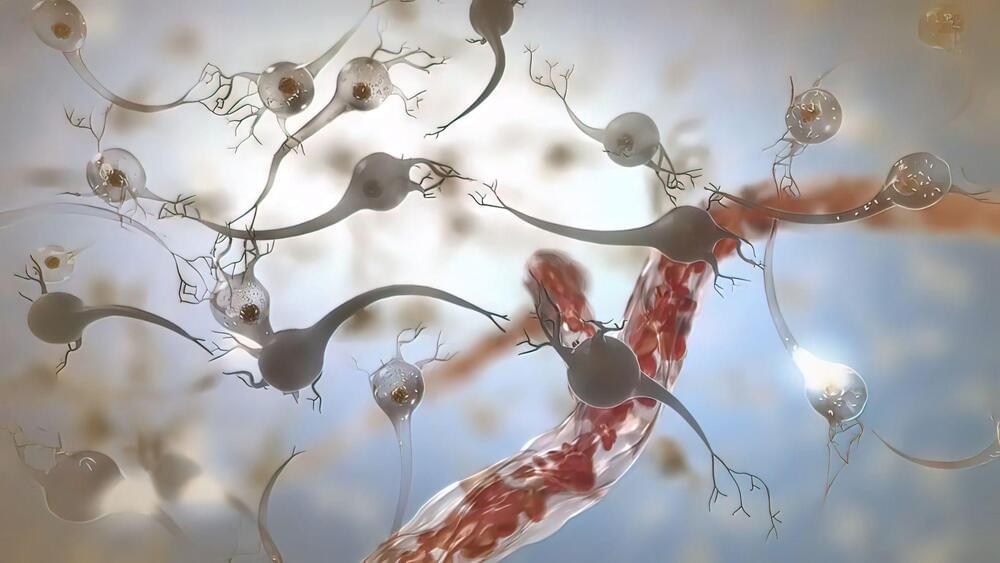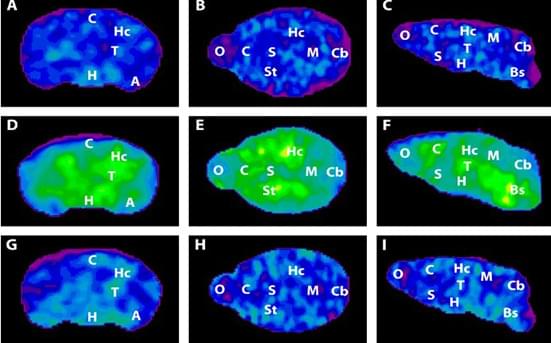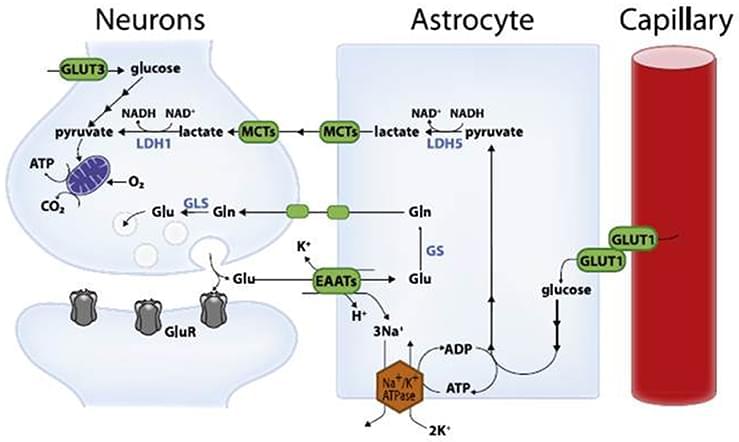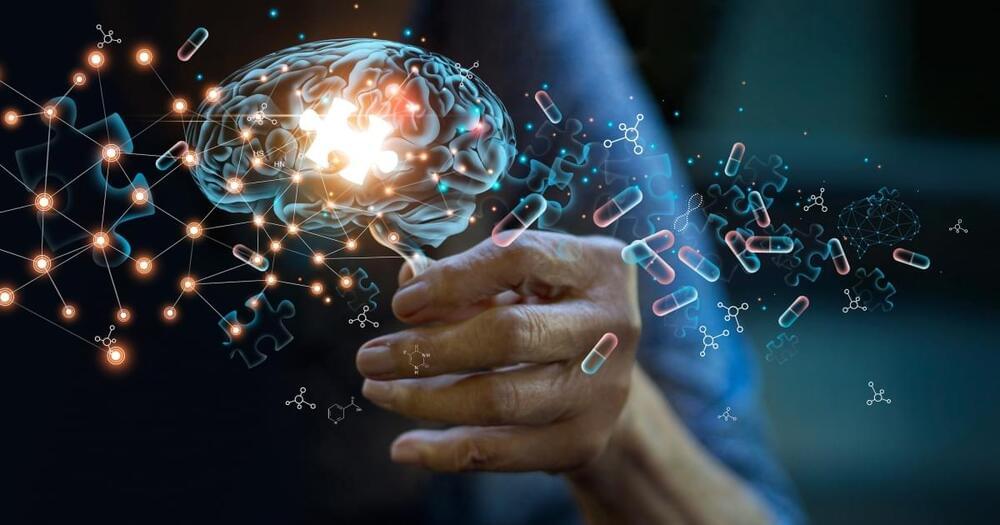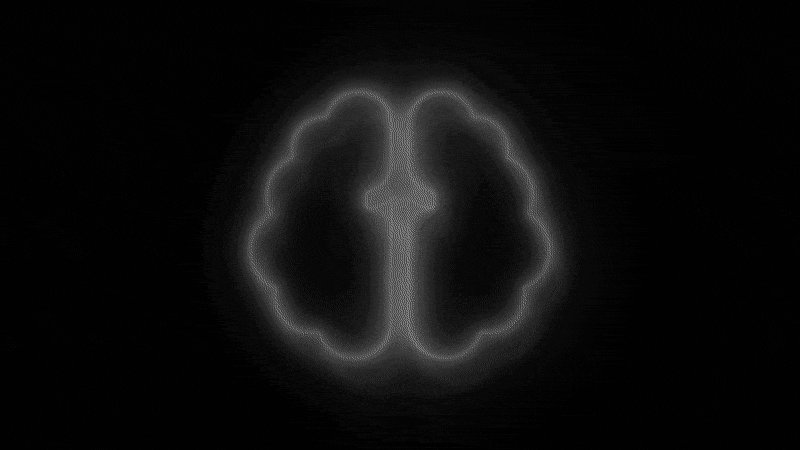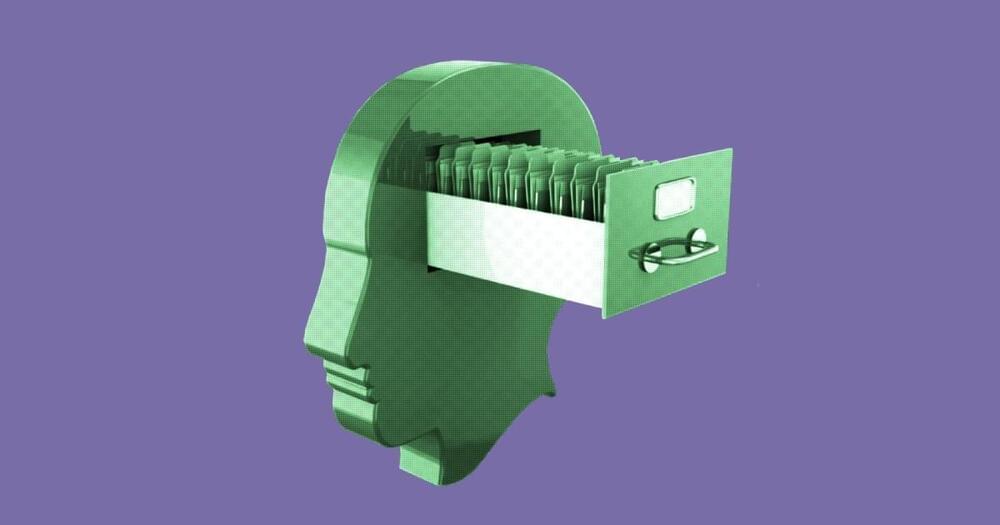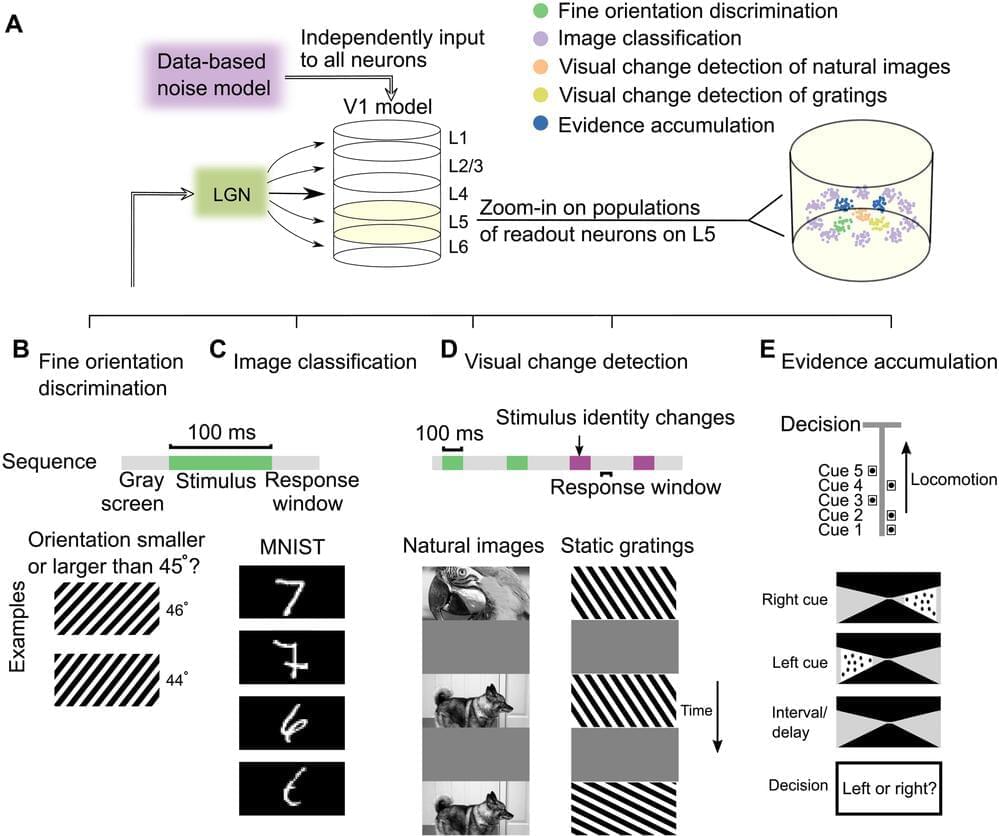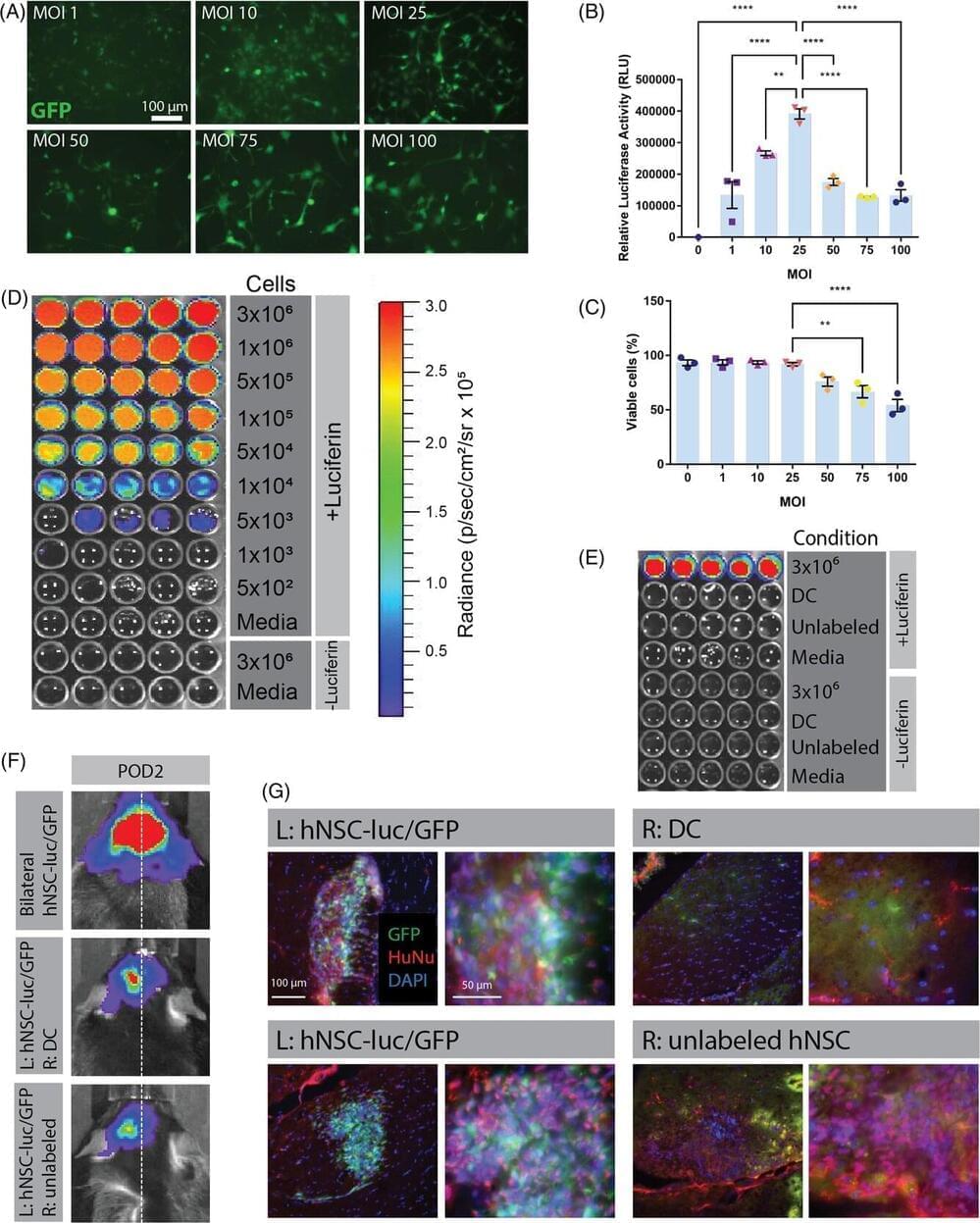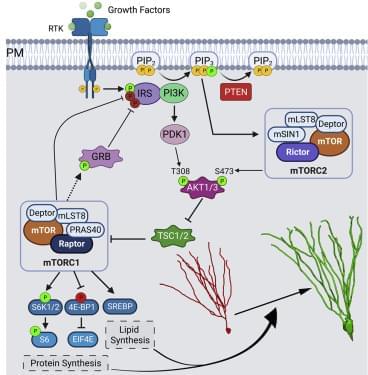All they need is electrical stimulation, and once activated, they re-establish the lost connection between different regions of the spinal cord.
Imagine you are stuck inside a room, you want to get out, but your body is not moving. No matter how hard you try, you are unable to move your body parts. You are not even able to move your finger, how would you feel? Well, that’s what chronic paralysis feels like.
Unfortunately, there is no known permanent cure for this neurological disorder, and this is what makes the situation worse. The physical and mental struggle that a patient with chronic paralysis goes through is unimaginable.
Ozgu Arslan/iStock.
However, a team of international researchers has recently made nine patients with severe spinal cord injuries (SCIs) walk again. They claim to have identified neurons that can restore mobility in patients with SCI. This new and interesting development raises great hopes for people suffering from chronic paralysis.
